What if you already have 9 awesome BJJ side control attacks at hand, what can you achieve? Apparently, with these jiu jitsu side control submissions, you can submit your opponent easily when you land at the side control position. But, it’s not always the case; most Brazilian jiu-jitsu practitioners find several issues playing the side control position, especially against advanced BJJ practitioners.
As you may know, side control is one of the foremost dominant positions that offer many transitions to other dominant positions. Also, it gives you a plethora of BJJ side control attacks that can be achieved by a white belt player and an advanced one. So, What are the basic jiu jitsu side control attacks?
Side control is one of the most dominant positions in jiujitsu that you should learn since your early days on the mat. It allows you to execute a variety of BJJ submissions, such as the armbar, kimura lock, Americana mock, baseball choke, lapel choke, wrist locks, and other variations.
But without mastering the side control fundamentals, the attacker player will achieve nothing. So, the practitioner needs to maintain a good weight distribution with important pressure while being active in this position.
Developing a smooth submission chain from the top side control position will be excellent in getting more submissions. During this article, we will give a list of some awesome side control BJJ attacks. Awesome! Let’s dive in.
Darce Choke From Side Control
The darce choke is among the foremost famous head and arm choke variations in Brazilian jiu-jitsu and Mixed Martial Arts (MMA). Otherwise, It’s one of the best BJJ side control attacks performed properly by several practitioners in top jiu-jitsu tournaments.
How Does Darce Choke Work? Competitors can perform the d’arce choke by creating an inverted arm triangle against their opponent. This BJJ move provokes a blood flow restriction, which leads the opponent to tap out and give up the game.
Related Article: Click here to learn more about the d’arce choke in grappling.
BJJ Side Control Armbar
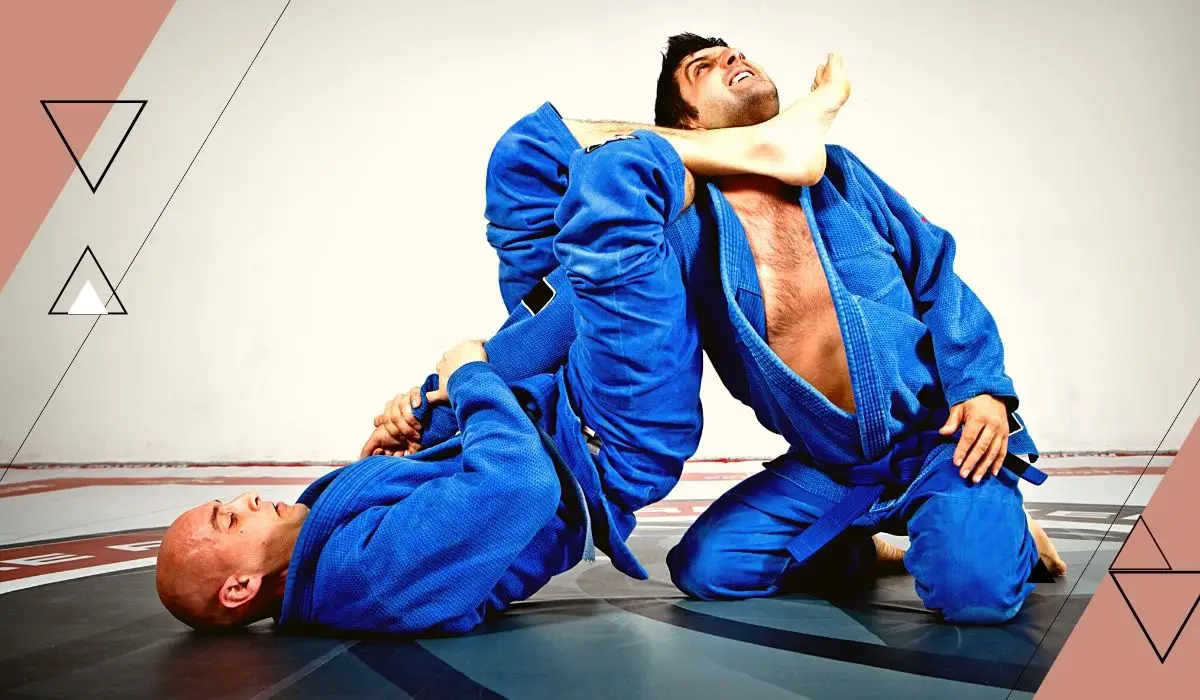
The armbar may be the best jiu-jitsu attack from the side control position, it’s a challenging and very effective submission.
Therefore, every BJJ practitioner should have in his pocket several side control armbar variations, including the straight armbar, spinning armbar, inverted armbar, etc.
Near-Side Armbar
The Near-Side armbar is among sneaky jiu-jitsu side control attacks. This is because more likely at the side control position your opponent is going to be expecting a spinning arm lock (or juji gatame), but you’re just stepping up and finishing the near-side arm moves.
Straight Armbar

The straight armbar from side control may be the hottest submission in BJJ martial arts. Here is how to do side control straight armbar?
- Here are two sneaky jiu-jitsu arm lock variations from side control.
Jiu Jitsu Side Control Lapel Choke
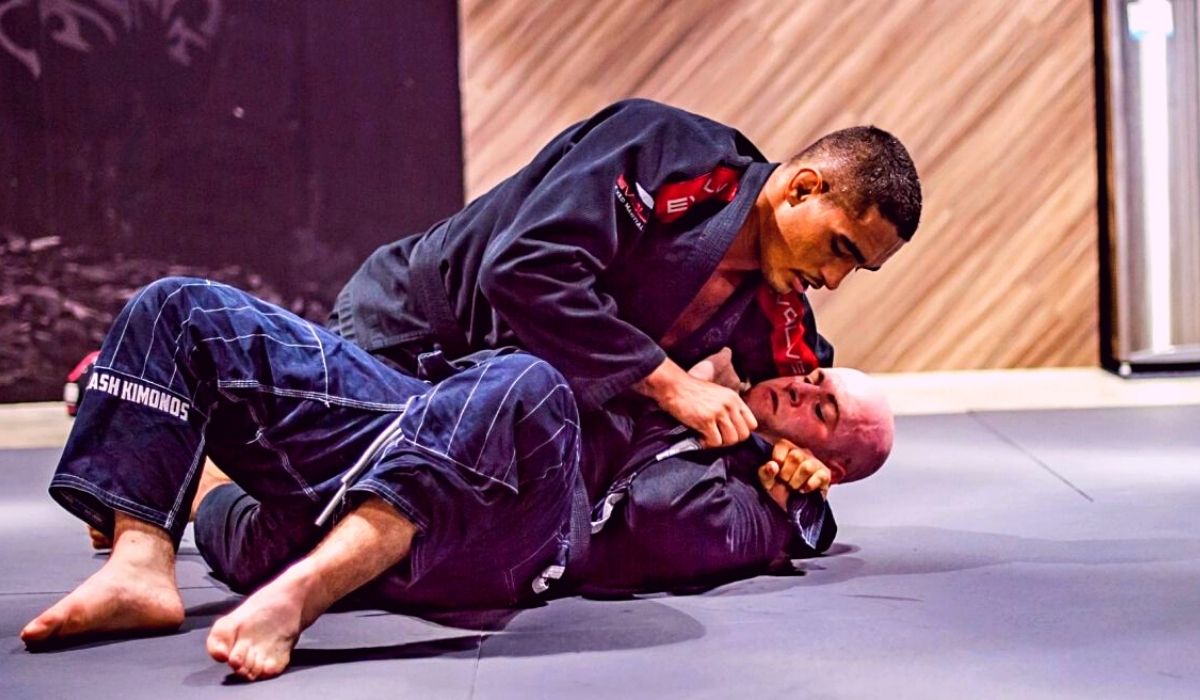
Lapel choke is one among the invisible BJJ side control Gi choke submissions. It’s a sneaky and effective attack that can help you finish your opponent from the reverse kesa gatame side control position.
The key point to getting a savage Lapel choke is maintaining a good weight distribution and pressure when you’re in the side mount position.
So, how to set up the jiu jitsu lapel choke from side control?
BJJ Kimura Side Control
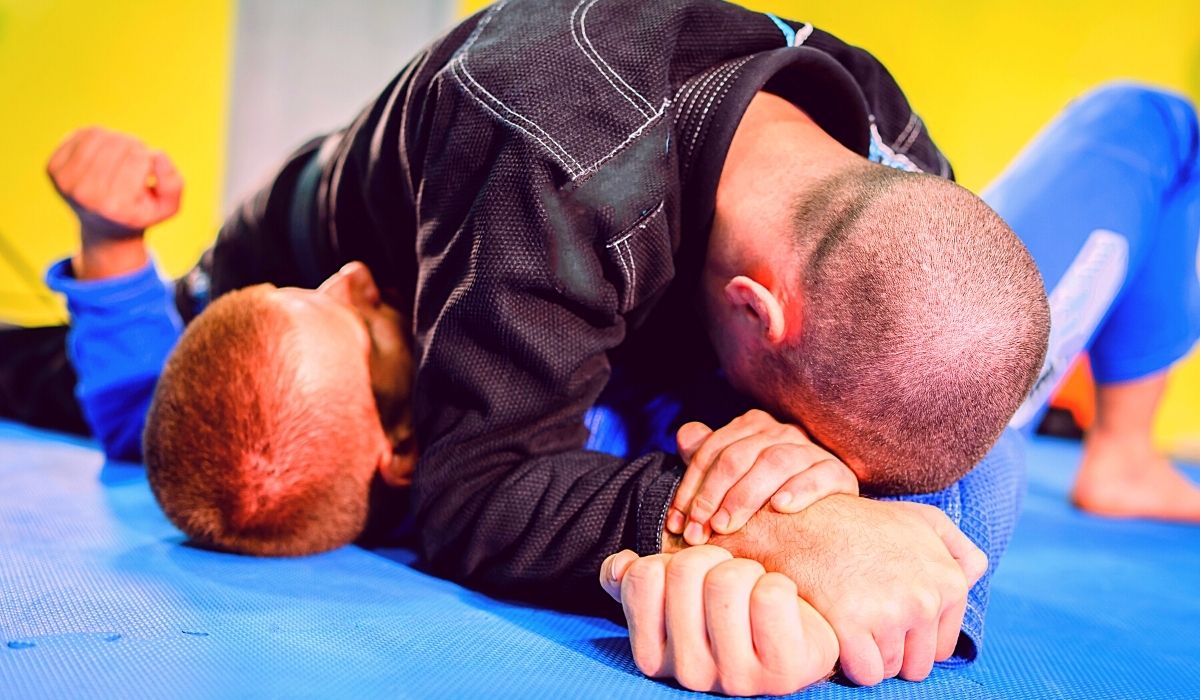
The Jiu Jitsu Kimura Lock (reverse ude-garami lock in judo) is a submission technique used largely in several martial arts like Judo, JiuJitsu, and MMA.
It’s one of the famous and straightforward BJJ move techniques that can be achieved from several positions, including the closed guard, half guard, side control, etc.
What is a Kimura in Jiu Jitsu? The Kimura Lock is a shoulder lock submission mostly utilized in Brazilian jiu-jitsu and MMA. It’s a high percentage and effective submission for white belts and other advanced Jiu-Jitsu players.
Throughout the next video tutorial, we’ll get deep detail on performing the side control kimura lock.
Baseball Choke from Side Control BJJ
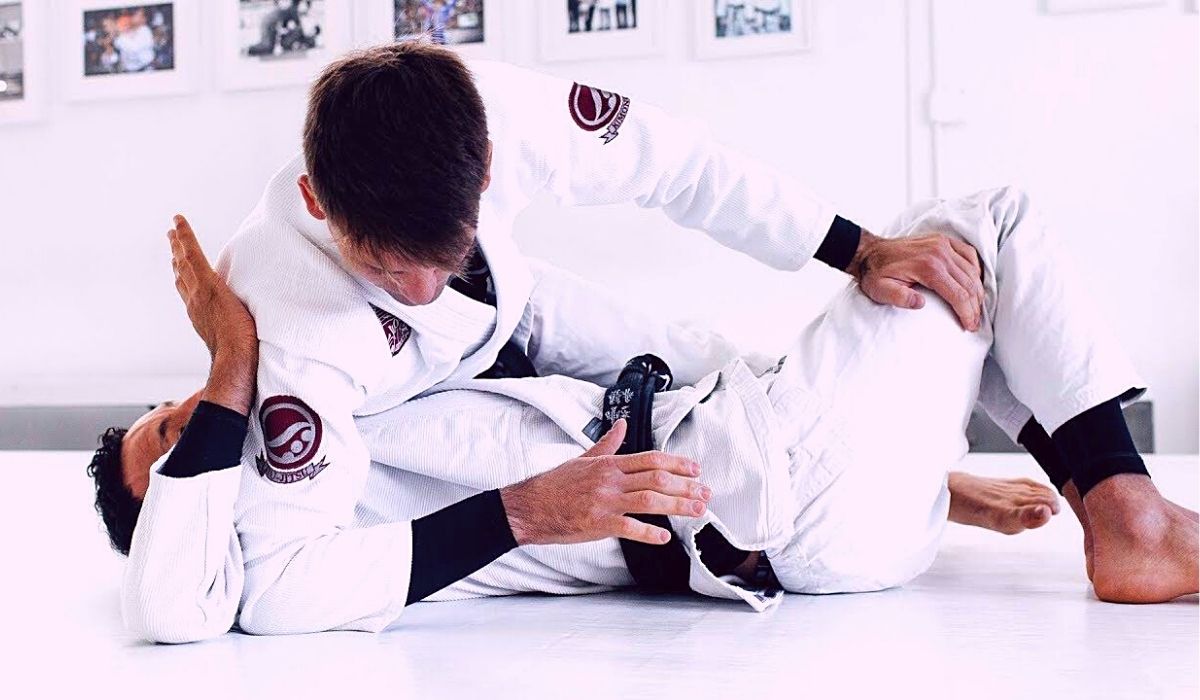
Baseball choke is one of the brutal BJJ side control gi choke submissions. It’s challenging to escape this submission once it’s already taken.
The key point to getting a savage baseball choke is using your shoulder to maintain pressure and prevent your opponent from facing you or bridging out.
The next video gives you what you need to know to size a perfect Baseball choke from side control.
Related Article: Click here to learn about the baseball choke in BJJ.
Jiu Jitsu Side Control Arm Triangle
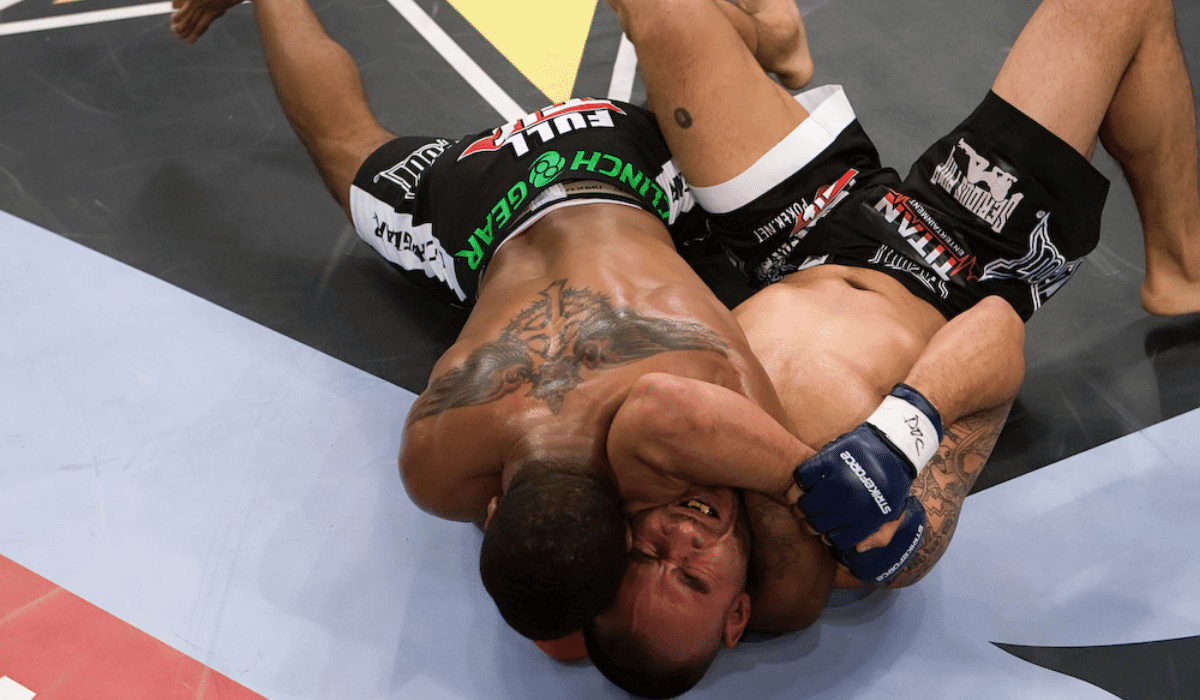
The arm triangle choke (Kata Gatame Judo / Japanse Jujitsu) is a fantastic head and arm choke submission used mainly in Brazilian jiu-jitsu, wrestling, mixed martial arts (MMA), and self-defense situations.
This excellent submission could be achieved in jiu-jitsu gi or no-gi grappling martial arts from several positions, including the side control (famous arm triangle position), the mount, and half guard.
Awesome!
How does side control arm-triangle choke work? The arm triangle choke is analogous to the traditional jiu-jitsu triangle, except that the attacker uses their arms instead of his legs to choke his opponent. This tough control disturbs the opponent’s blood flow, leading him to tap out.
To do an effective arm triangle submission, the fighter should use his arm alongside the opponent’s outstretched arm and shoulder. Learn, throughout the next video, how to set up the arm triangle choke from side control.
Side Control Loop Choke
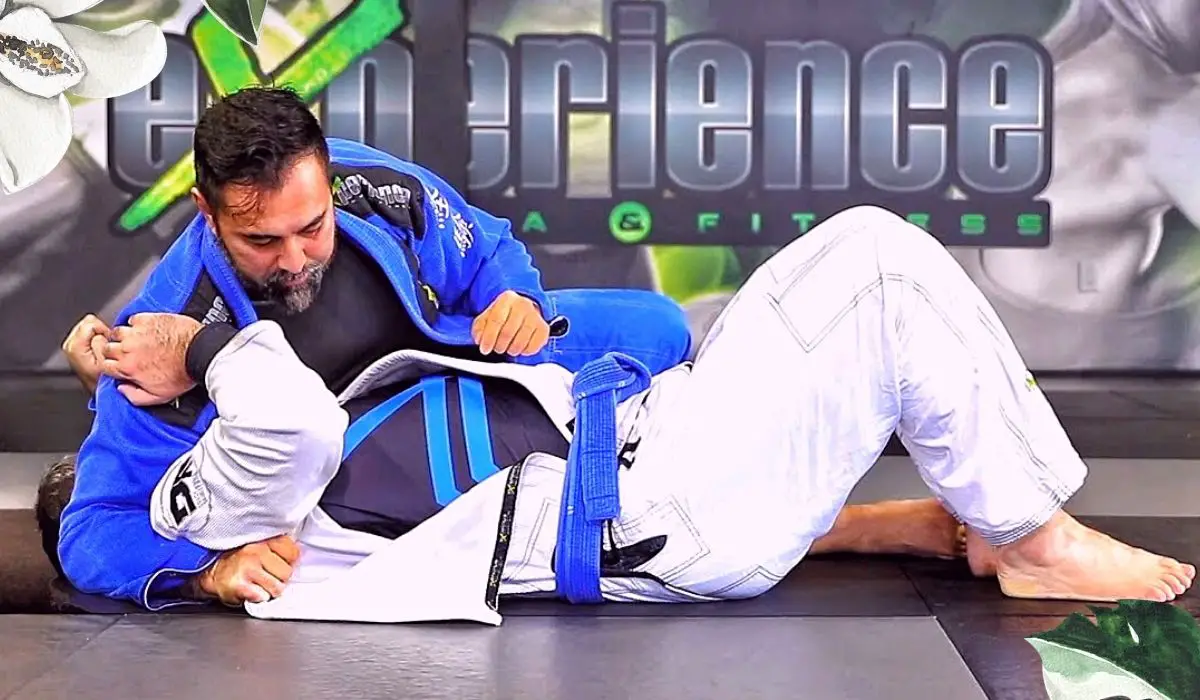
The loop choke is one of the best Jiu-Jitsu submissions that can be achieved from the side control position. Otherwise, it’s one of the basic BJJ Gi chokes that any practitioner should learn since his early days on mats.
The good news is that loop choke stands among Brazilian Jiu-Jitsu’s fast, sneaky, and almost unpredictable submissions. It lets you switch quickly to bow and arrow choke or other fancy lapel BJJ chokes.
Here is how to do the side control loop choke.
Americana Jiu Jitsu Side Control Submission

The BJJ Americana lock could be a sister of the kimura lock submission, and both are far more effective jiu-jitsu side control submissions. Therefore, learning the Americana technique is necessary to build a complete submission chain from the side mount.
Throughout the next video, you’ll get precious details on how to size a great Americana lock submission from the side control.
Wrist Lock Submissions from Side Control
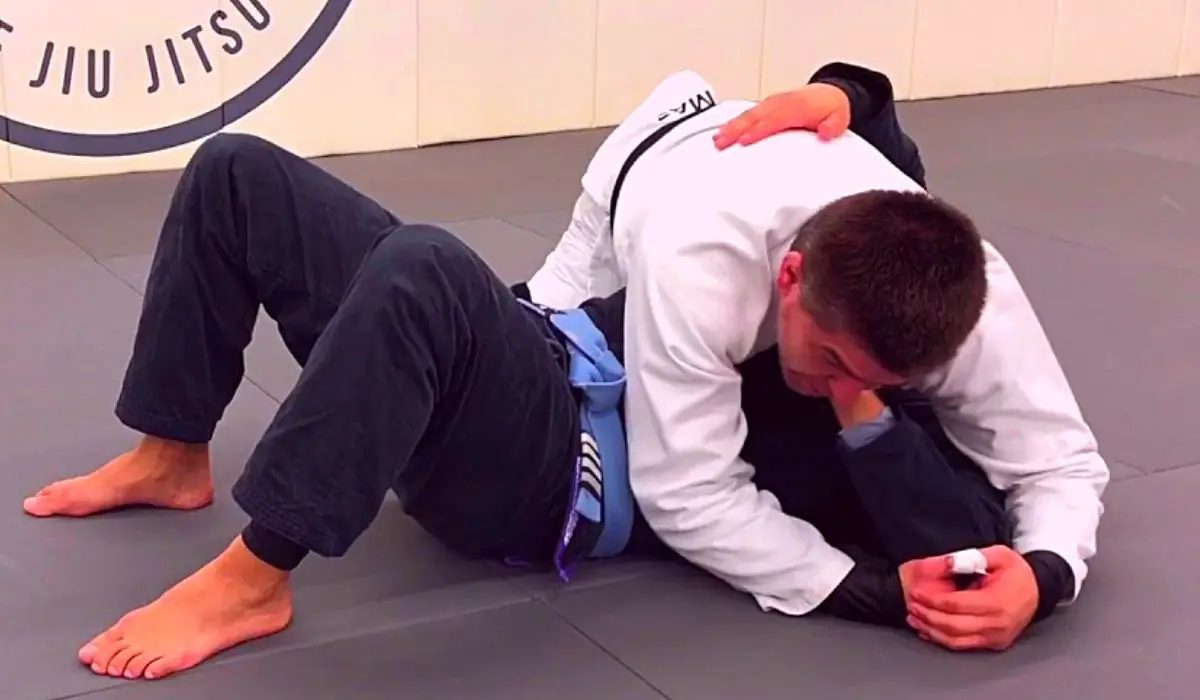
The wrist lock is a Brazilian jiu-jitsu attack that targets the weakest arm joint. It can be achieved from several BJJ positions, including side control.
Numerous jiu-jitsu fighters shift their focus to hunt the wrist lock submission because it is a quick and very effective attack that leads the opponent to tap out within seconds.
Otherwise, it will help them to build a rigid submission chain from side control that includes other armlock attacks like armbar, kimura, etc.
Here is how to do the wrist lock submission from side control.
Conclusion
Why the side control is one of the top dominant positions in BJJ martial arts? The BJJ Side control is among the foremost common positions in Brazilian jiu-jitsu that give the top player a plethora of submissions, including armlock submissions and chokes.
So, from the side control, you can finish the fight with an armbar, kimura, baseball choke, and more awesome attacks that put the opponent in real danger.
We hope this list of jiu-jitsu submissions could help you develop a rigid submission chain from the side control. Have fun rolling and submitting the crowd!
Related: Building a brutal Brazilian Jiu-Jitsu game requires knowledge of several Submission techniques. So, I’ve written a lengthy article on the most effective BJJ submissions you must know, whether you’re a beginner or an advanced practitioner. Click here to learn more!



